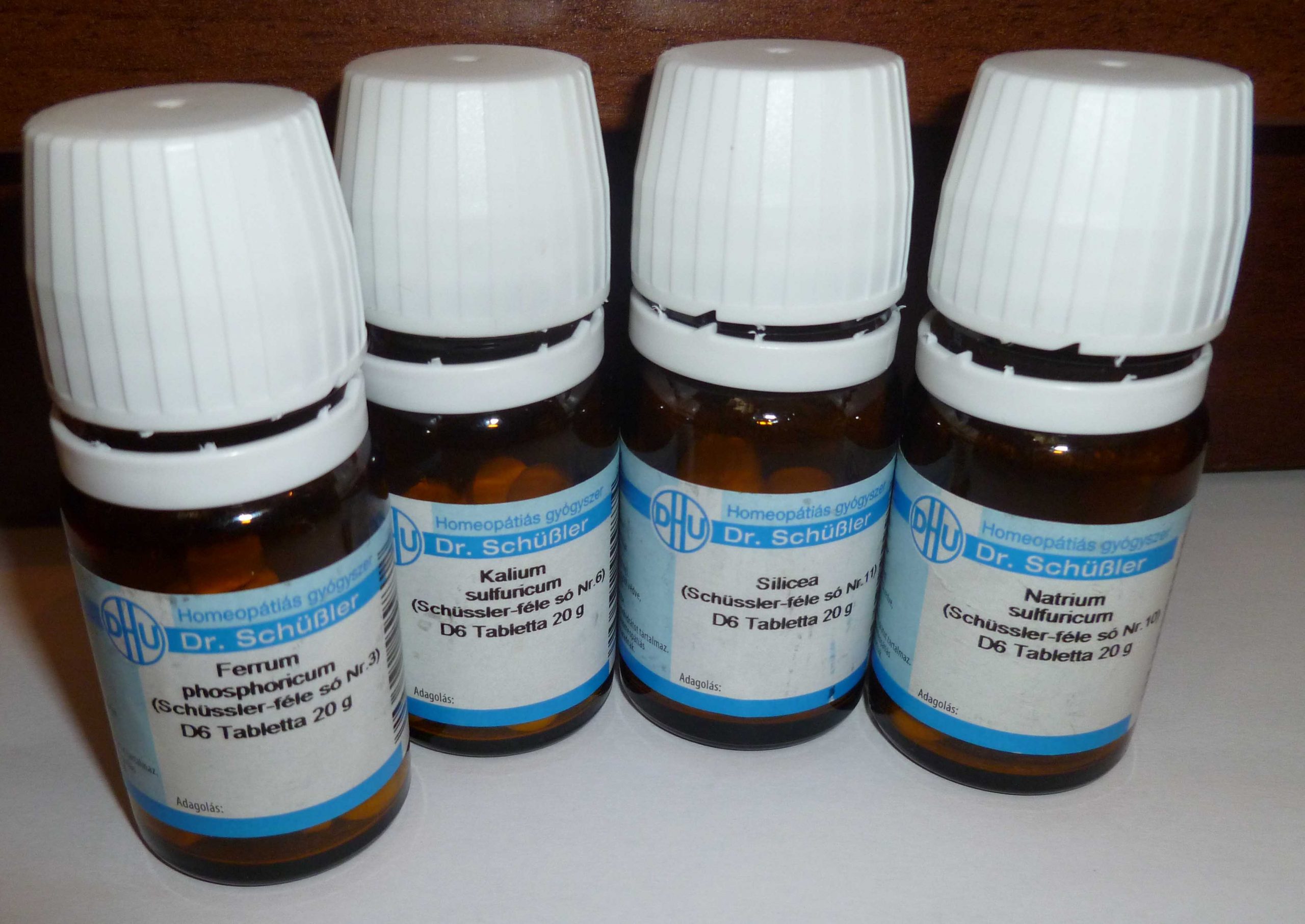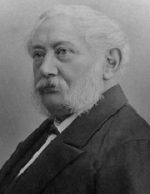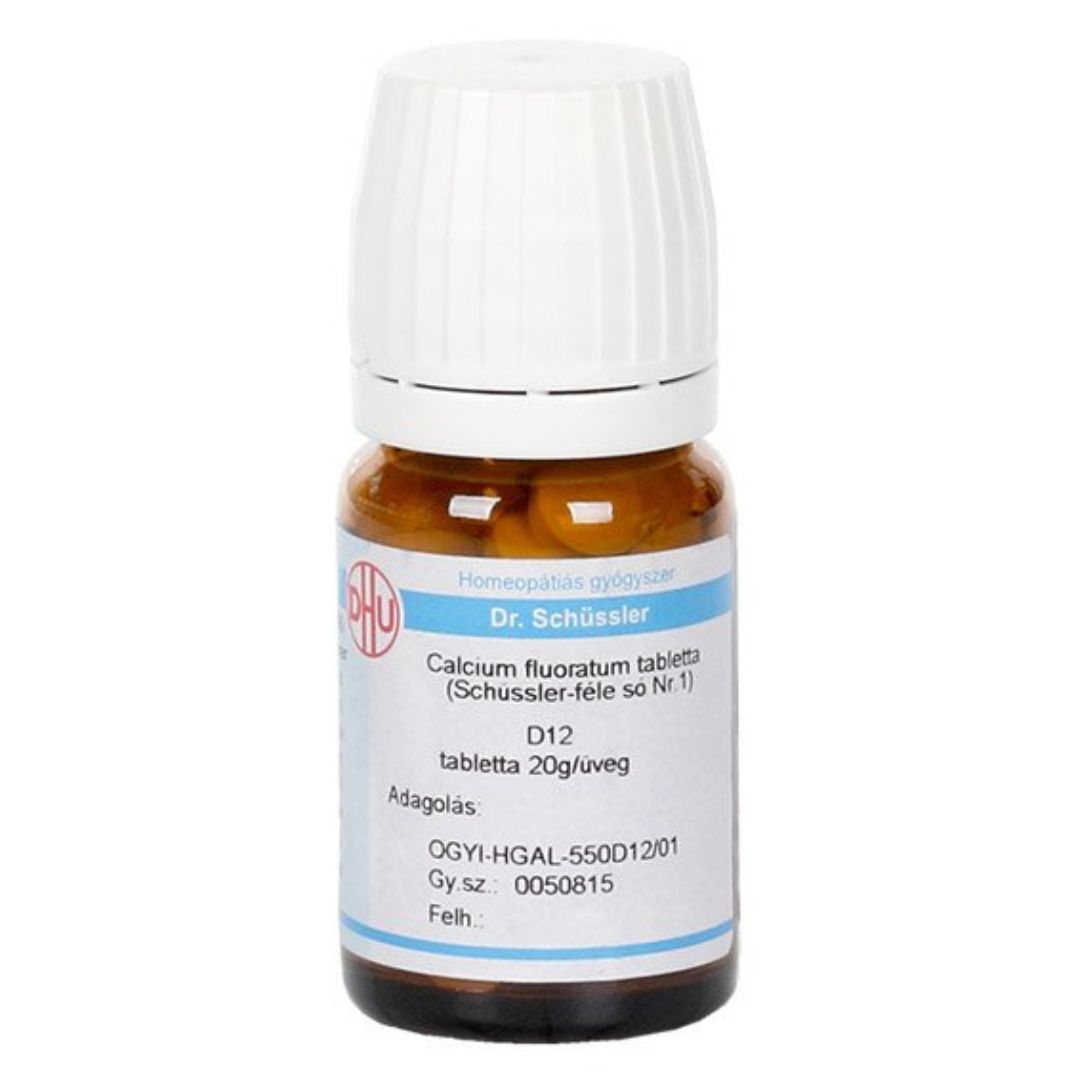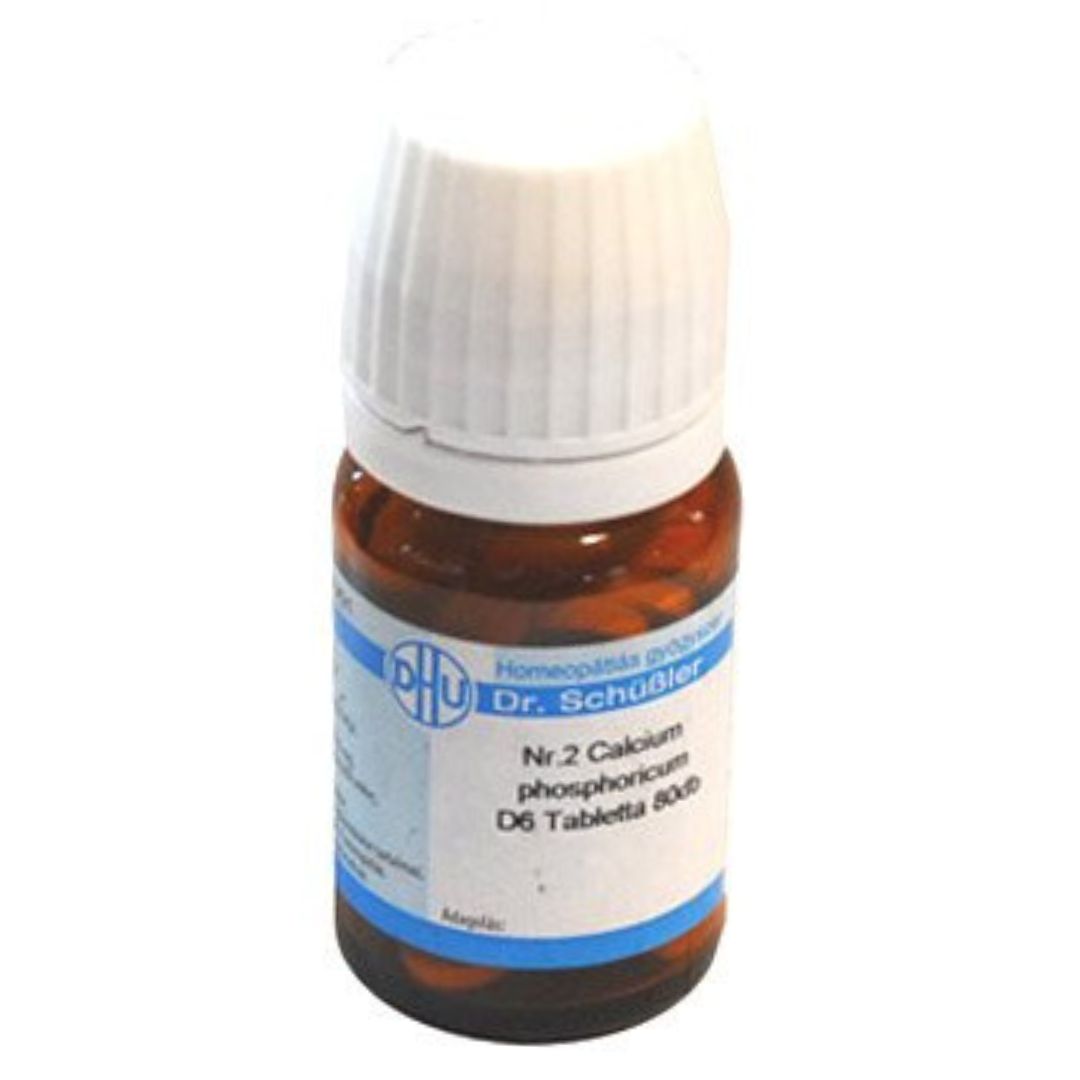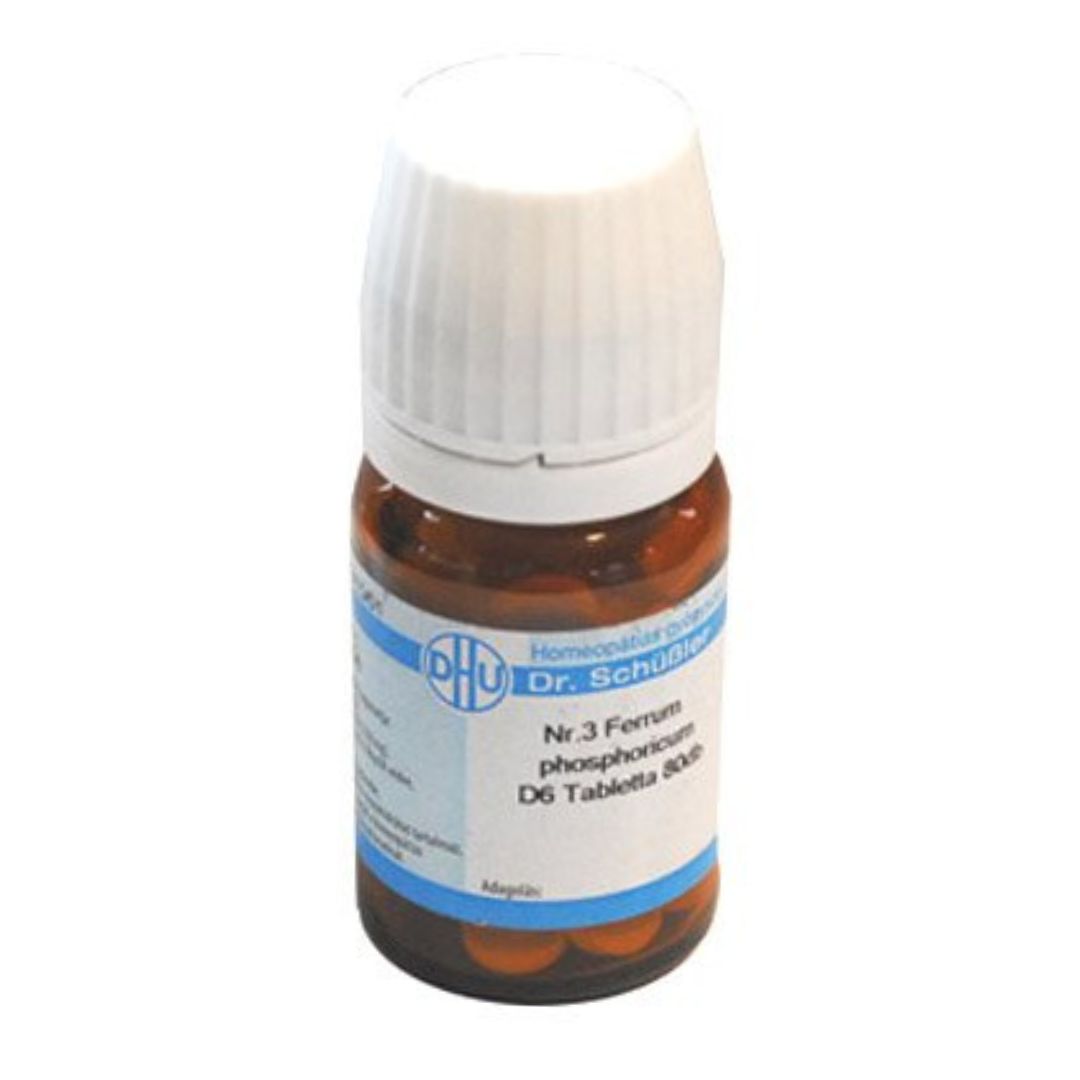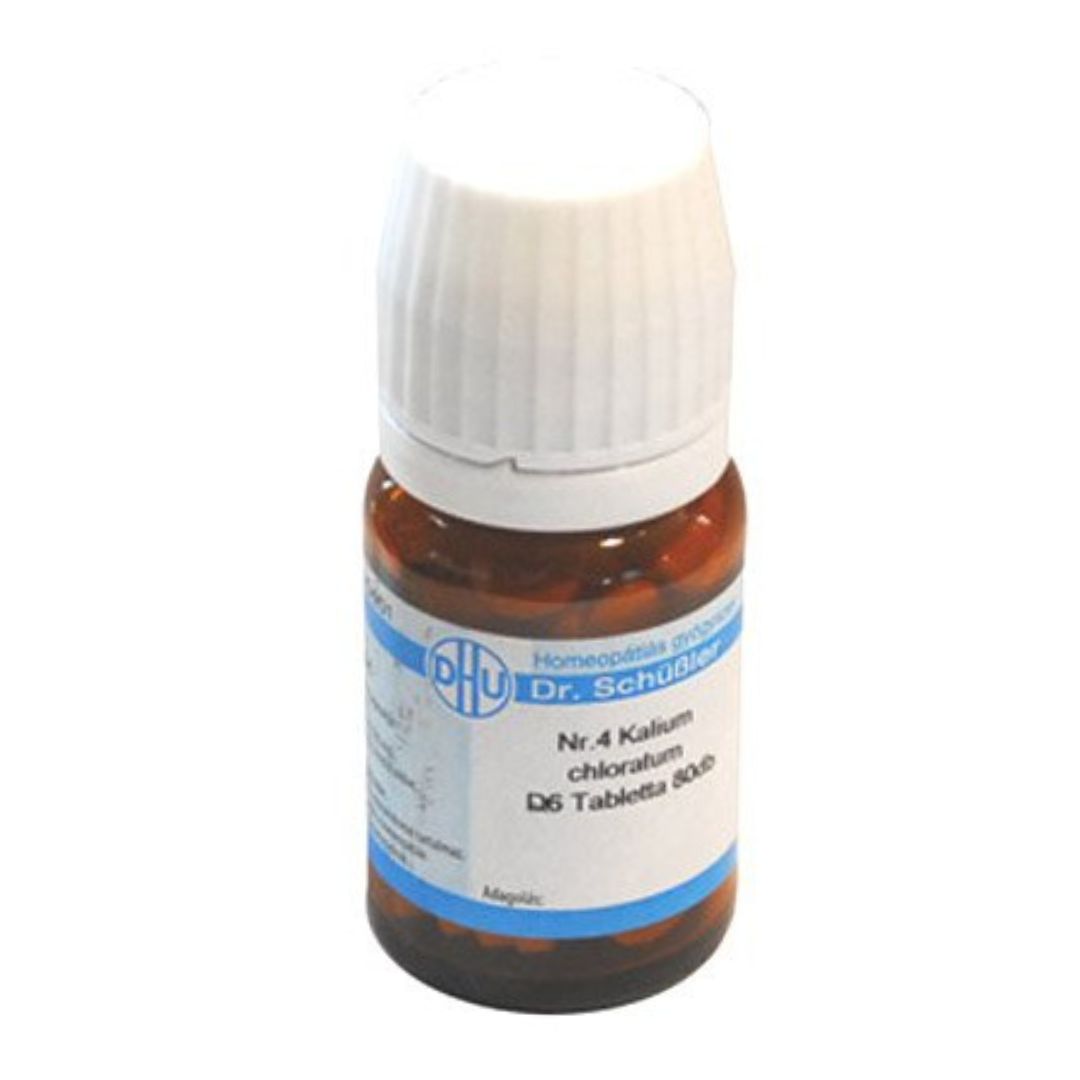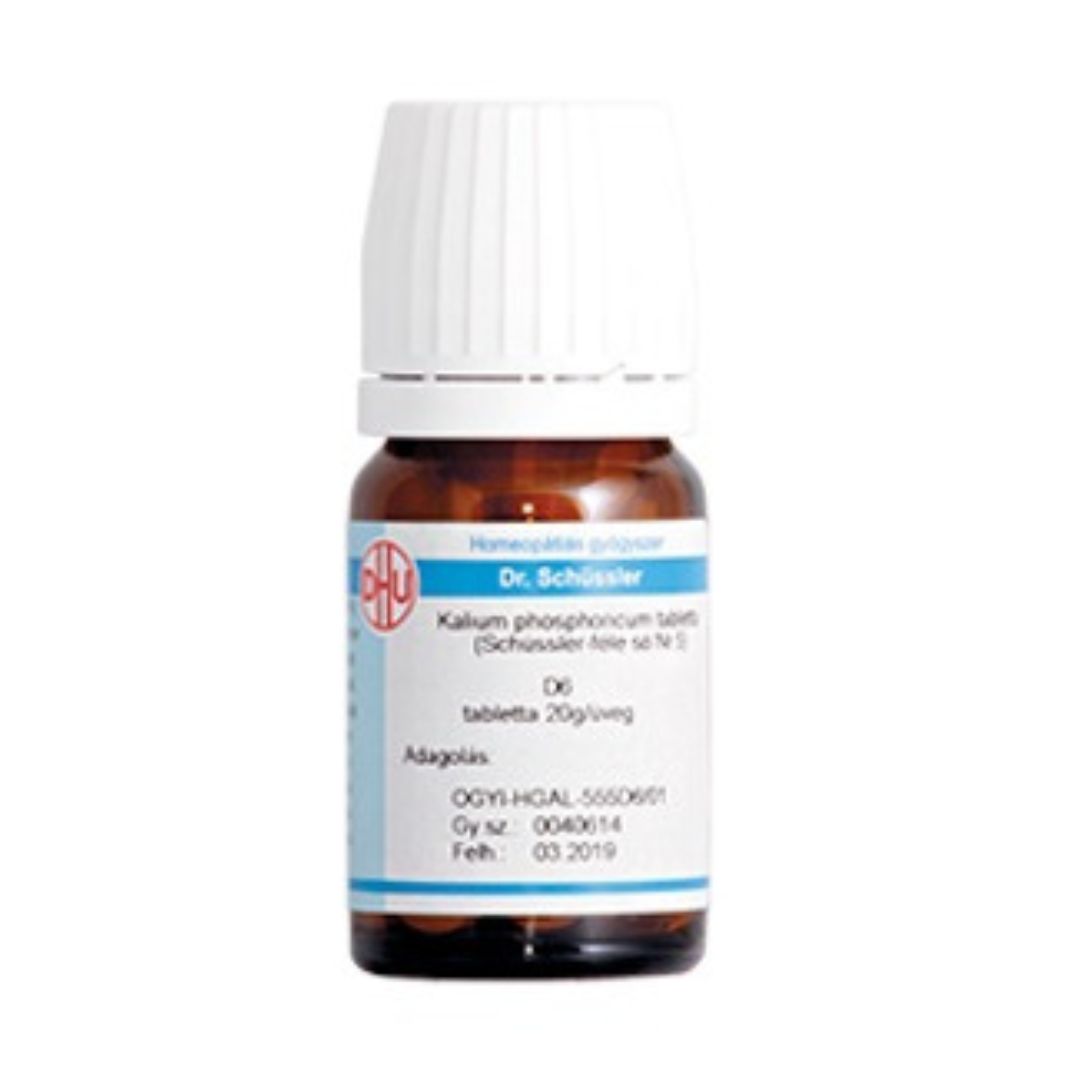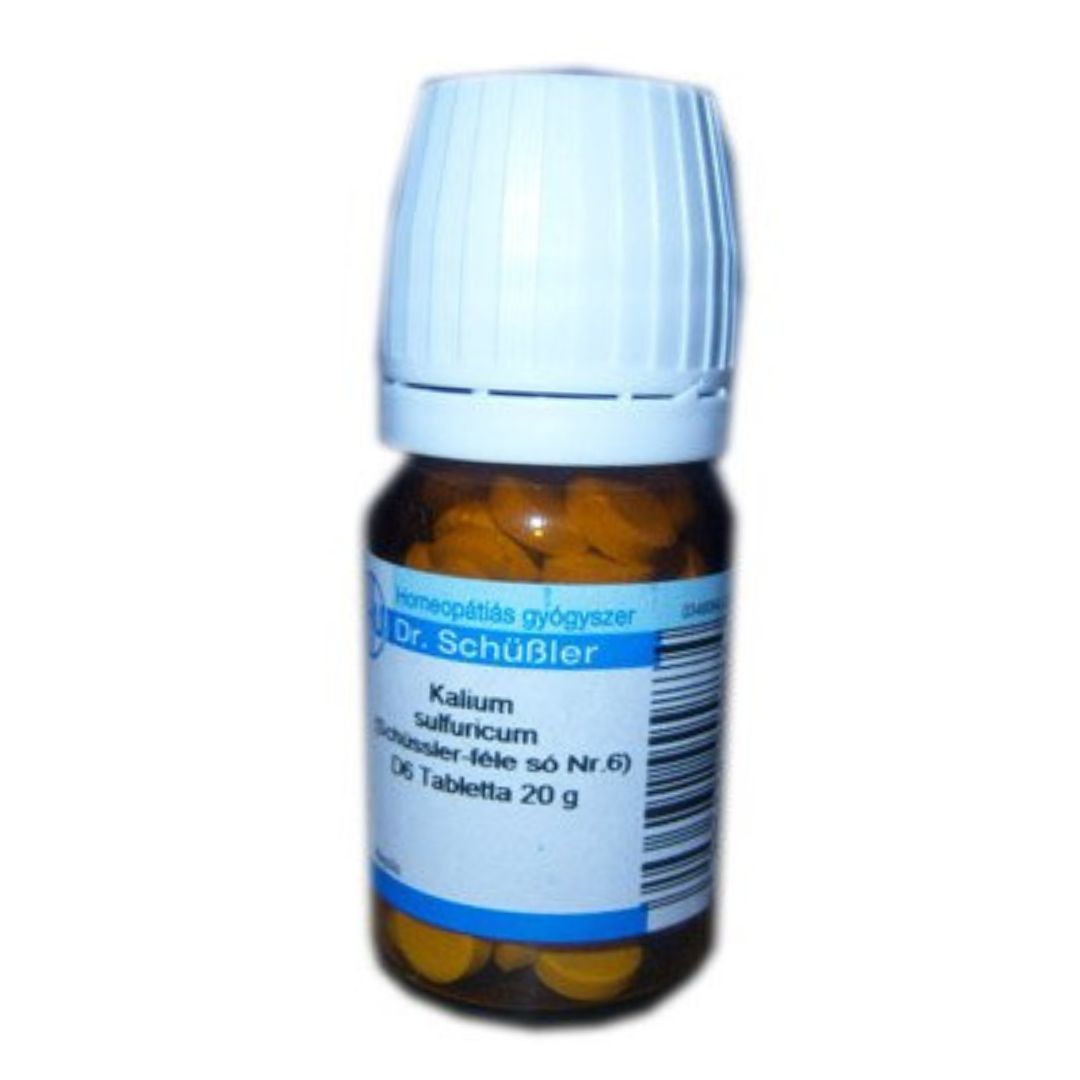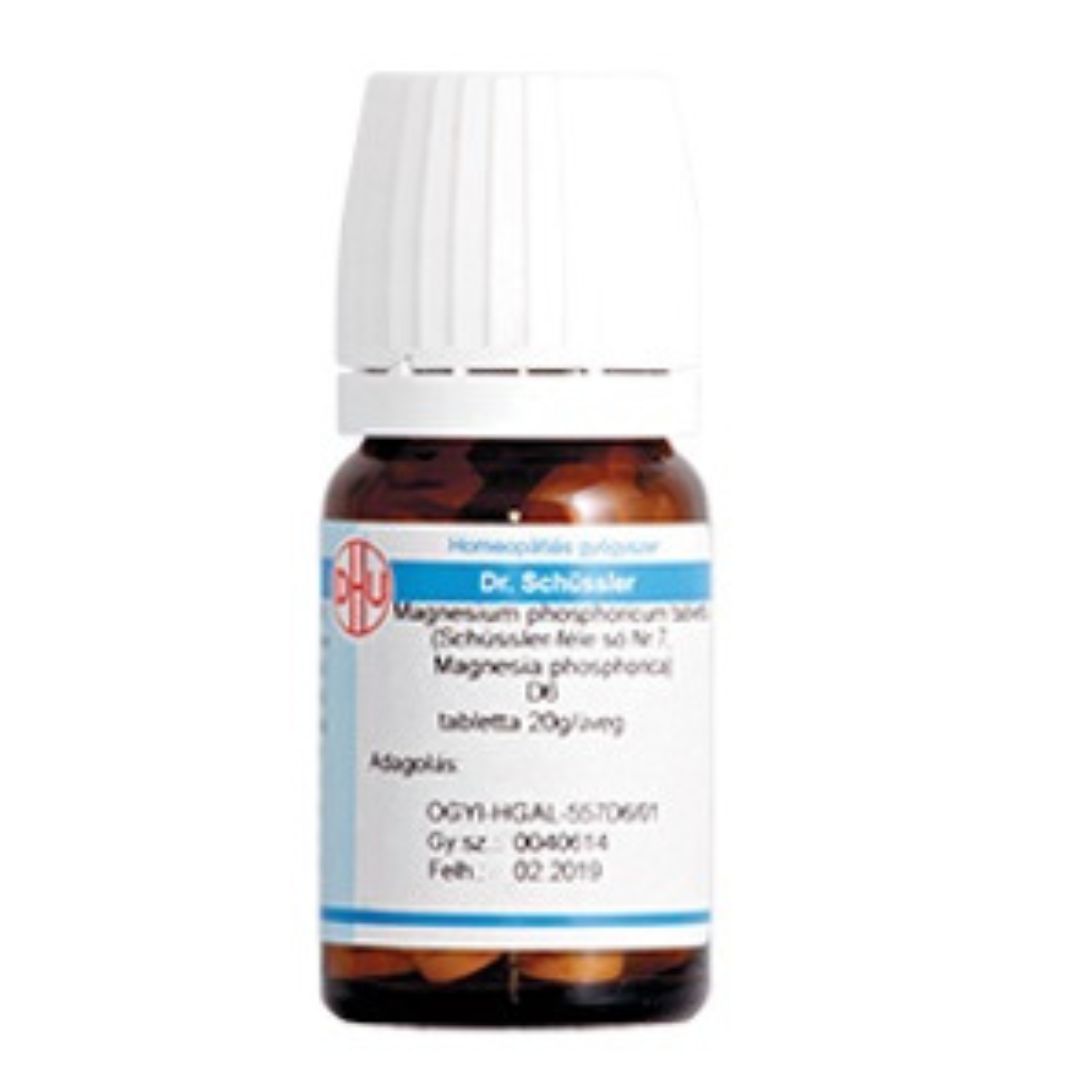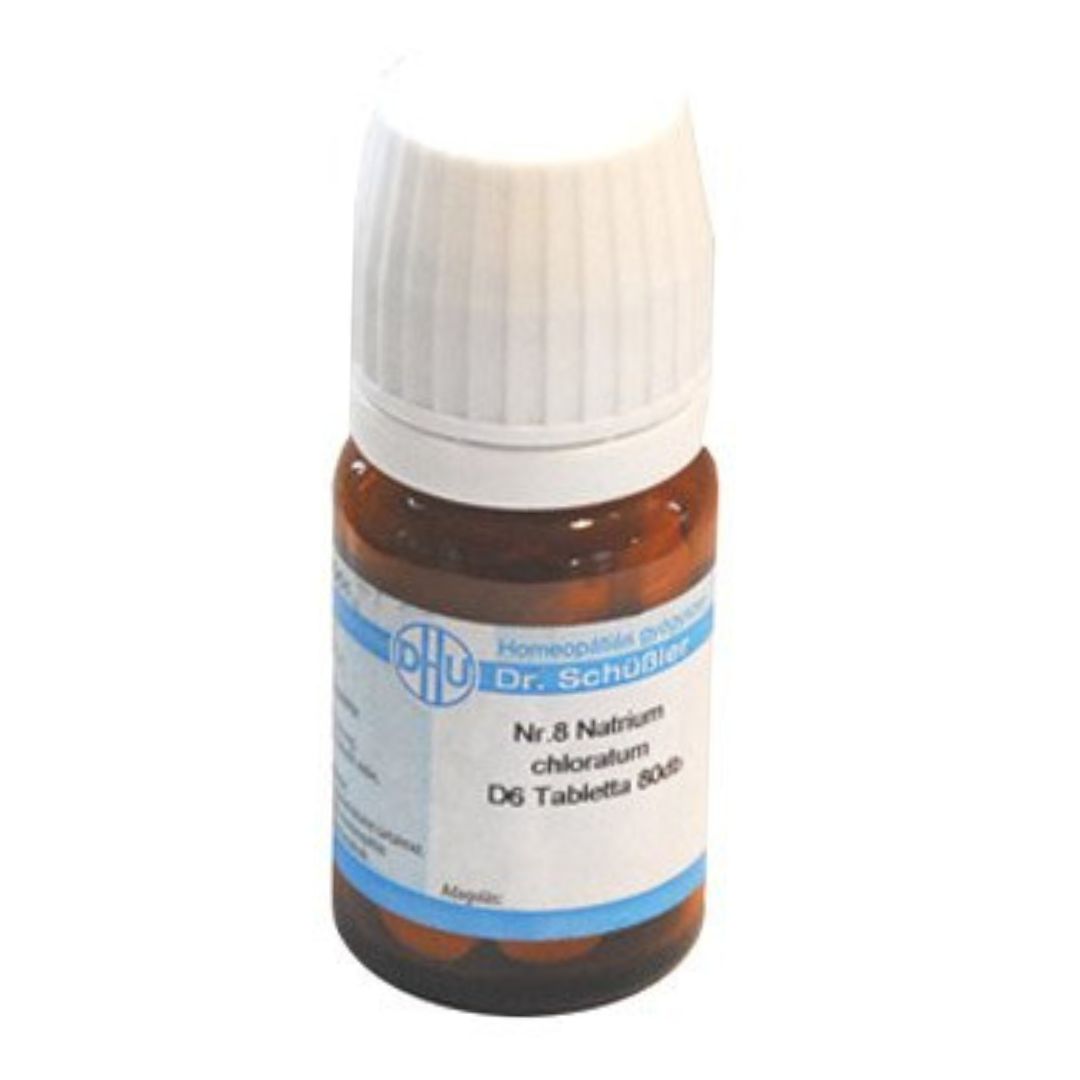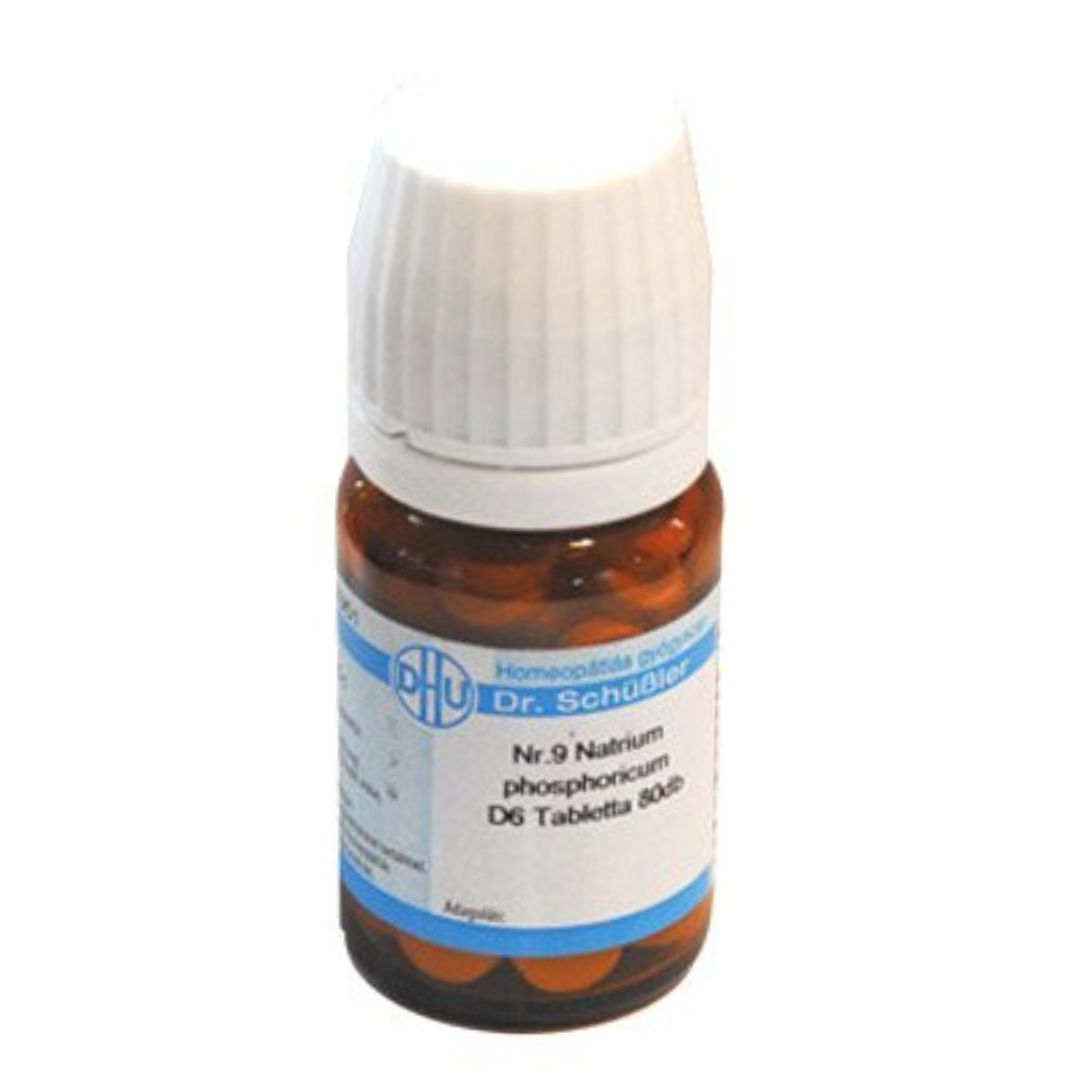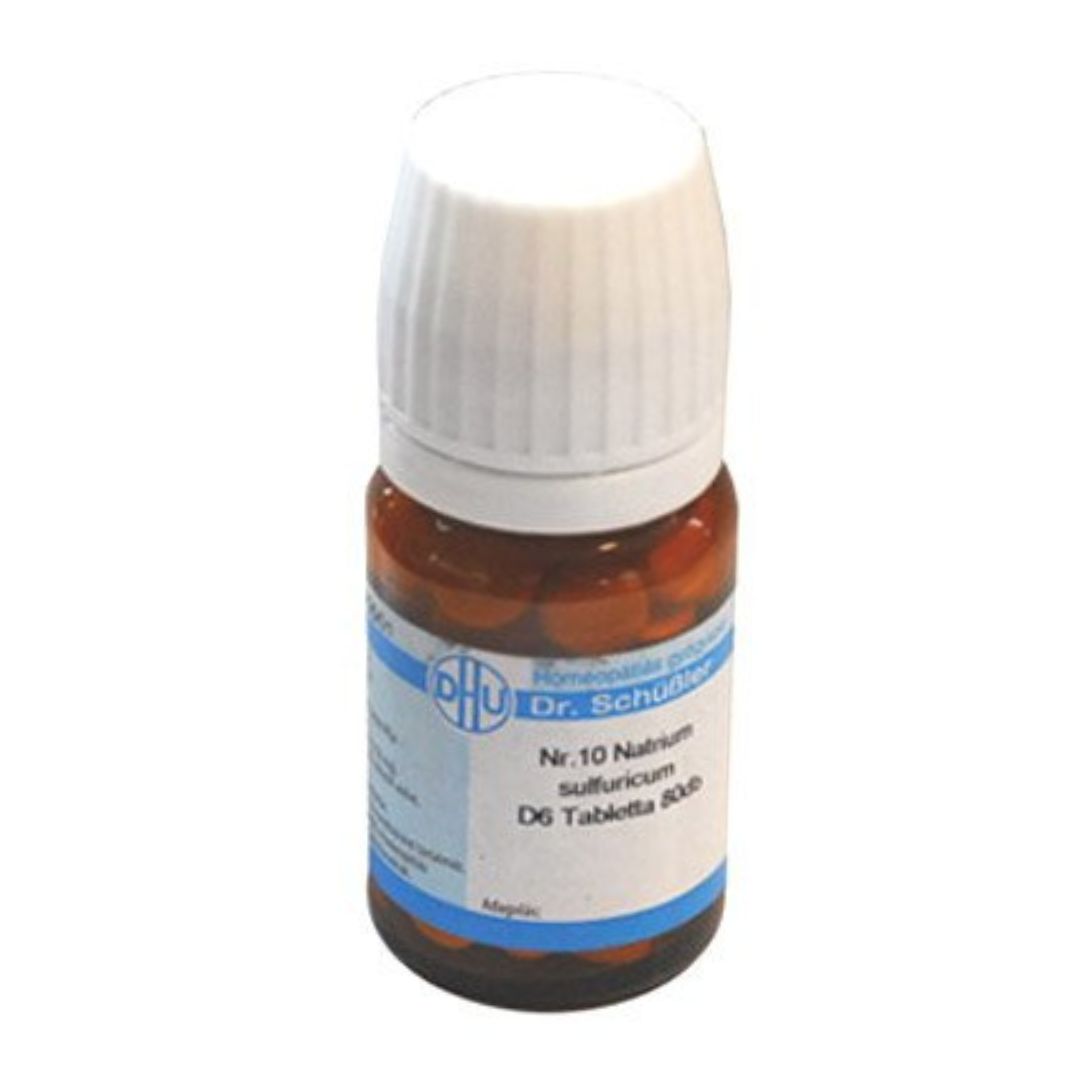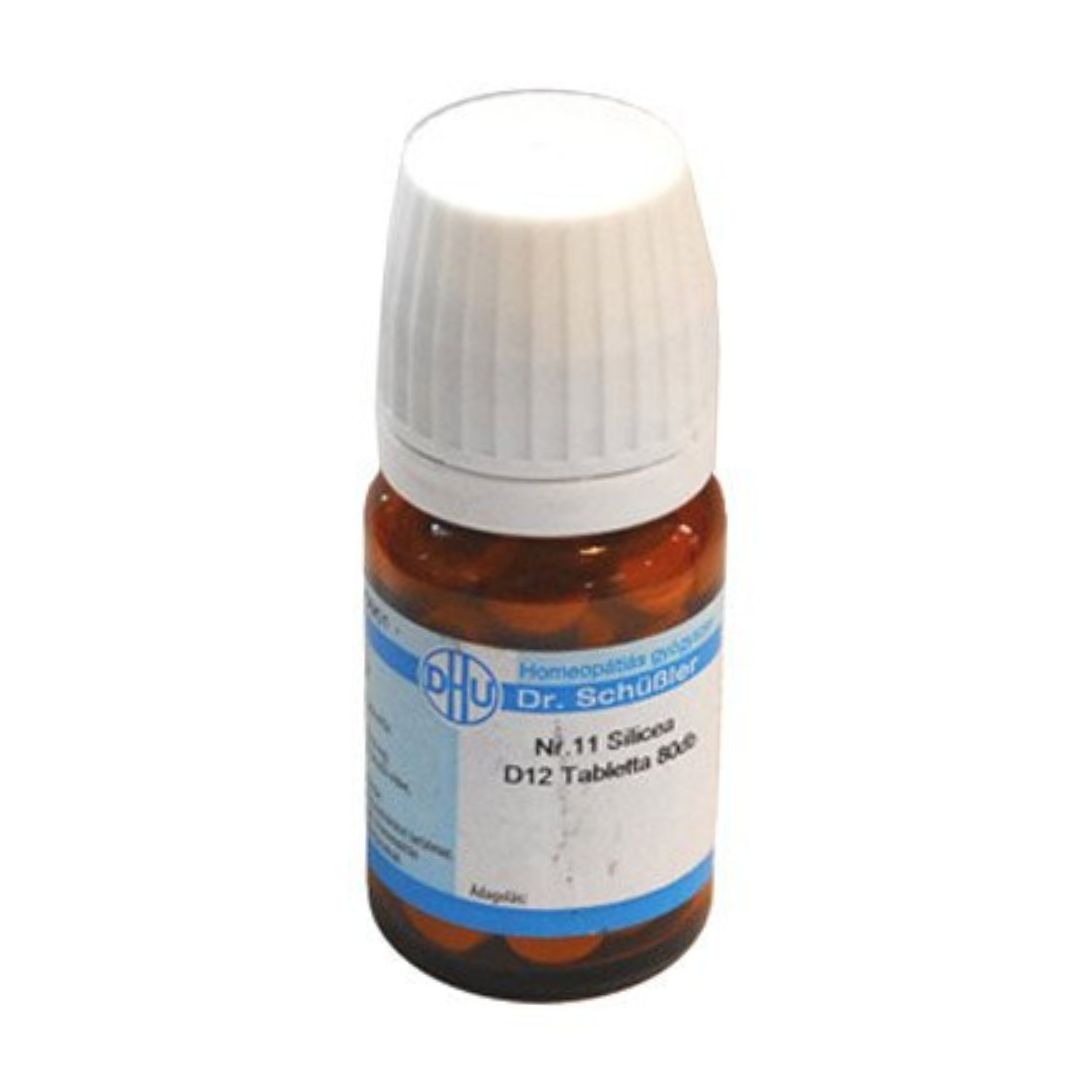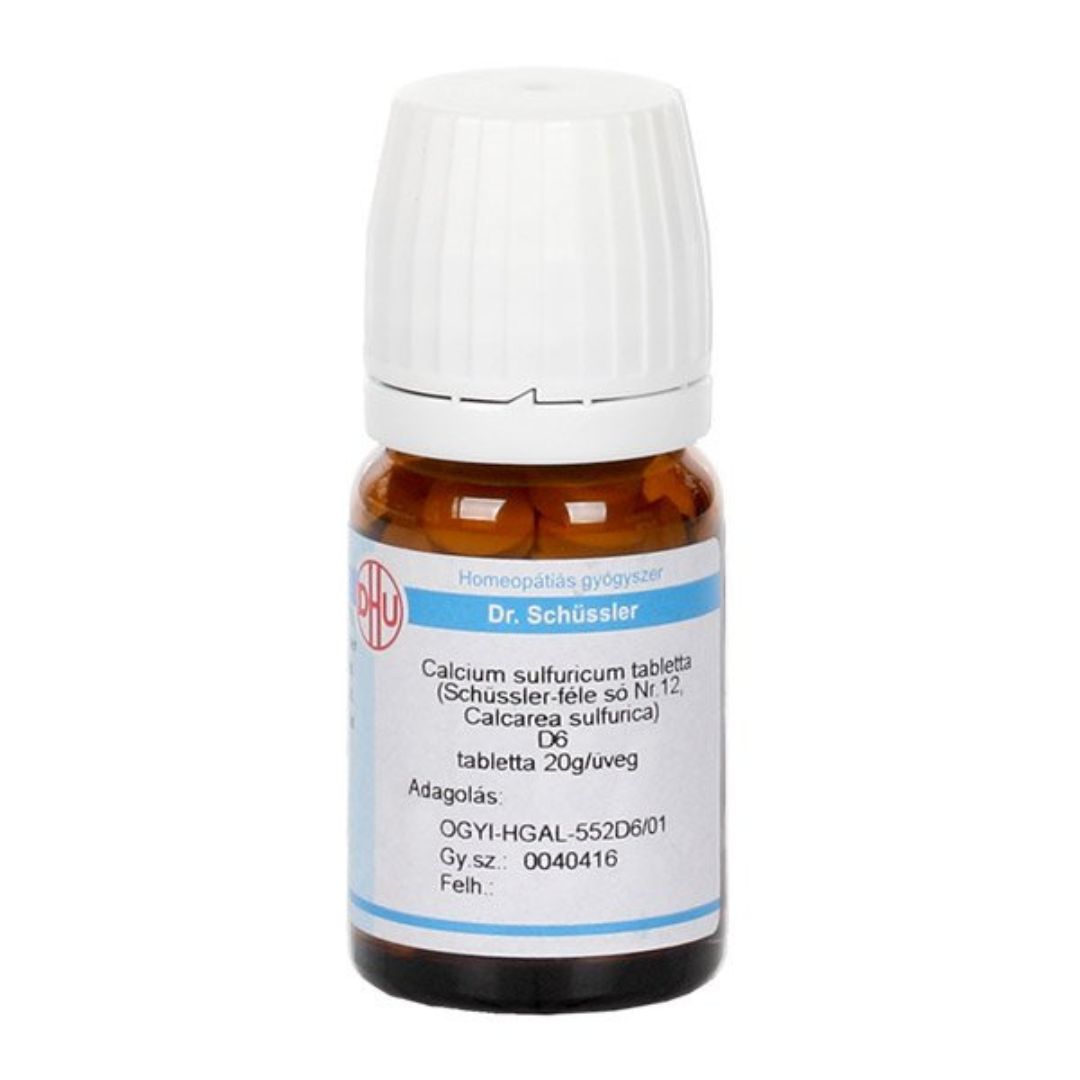Schüssler salts
Dr. Schüssler’s biochemical saline therapy
Healing with 12 mineral salts
The founder of the therapeutic system of tissue salts is Dr. Wilhelm Heinrich Schüssler, a German homeopathic physician.
The basic idea is that the lack of different mineral salts leads to the development of various diseases, so by replacing them, health can be restored again. Dr. Schüssler used 12 tissue salts to cure and prevent diseases.
Signs of deficiency disease are established based on facial diagnostics. By examining the face and evaluating the intensity and extent of the lesions, a diagnosis of the lack of the appropriate mineral salt can be made, which can be treated with the appropriate Schüssler salts. In many cases, the deterioration of the skin lesion can be stopped, and even these abnormalities can be resolved and the aging of the skin can be delayed.
Schüssler salt No. 1 Calcium fluoratum (D12) (Polypathate)
- On the surface of bones
- In tooth enamel, in small bands securing teeth
- In elastic fibers found in the skin, blood vessel walls and connective tissues,
- And in small amounts in the brain.
It has a dual role in biochemistry, as it is suitable for both “starch” and “plasticizer” roles. Our soft connective tissues – these include the ligaments, muscles, blood vessels, arteries, veins, etc. – provides flexibility and resilience. Thus, the individual fibers are able to both contract and relax.
Schüssler salt No. 2 Calcium phosphoricum (D6) – (phosphoric acid lime) BONE SALT
- 99% of the calcium is found in bones and teeth in the form of Calcium phosphat.
- Its primary role is to provide bone hardness and build up the thyroid gland.
This small amount is responsible for regulating nerve excitability, initiating muscle contractions, playing a central role in blood clotting, building and maintaining various membranes, protein synthesis, and the function of certain enzymes.
In the case of calcium, only 20-40% of the calcium ingested can be utilized by our body, which depends on:
- The calcium – phosphorus ratio of the food
- Protein supply
- Nutrient composition: e.g. forms an insoluble complex with oxalic acid, phytic acid, so it cannot be absorbed
- In the case of disorders of fat absorption, insoluble calcium soaps are formed, reducing the absorption of calcium.
If calcium has already been absorbed, we would think that all is well, however, the primary excretory organ for calcium is the high salt of the kidneys and increases calcium excretion when consuming animal protein, which can also lead to deficiency conditions.
Schüssler salt No. 3 Ferrum phosphoricum (D12) – (iron phosphate)
Ferrum phosphoricum is the most important first aid, antipyretic and analgesic in Schüssler’s biochemistry
- In pain, in addition, iron phosphate is also a salt of the immune system! This means that whenever our body needs a quick defense, we can try this drug – be it immune boosting or emergency care (of course, it’s not a substitute for a doctor!). The biochemical salt is responsible for the first stage of inflammatory processes, so we should reach for this agent at the beginning of any such type of disease. It is mainly present in our blood, muscles, brain and liver.
- It is also an anti-inflammatory drug in biochemistry because, as a component of hemoglobin, it activates the uptake of oxygen by the blood into the arteries. This is especially important at the onset of inflammatory diseases (first stage!) Because without iron our body lacks the strength to eliminate invading pathogens, as oxygen triggers increased function (defense) of cells involved in immune defense. Taking the drug on time results in us getting out of such inflammatory diseases much faster, and febrile conditions. However, it is important to note here that, as an extremely great remedy for fever, it does not push back the fever, but helps our body to act faster against the “causes” of the febrile processes. Taking it in advance will help protect us from the upcoming 28 flu, colds.
However, in an influenza infection, runny nose is used only until the secretions are white, watery, or not even appearing, we only experience general malaise. This usually takes 2-3 days. After that, when the secretions become sticky, sticky but still white, i.e. we have reached the second stage of inflammation> Add potassium chloride.
Schüssler salt No. 4 Potassium chloratum (D6) – (potassium chloride)
Potassium chloride is also a great anti-inflammatory drug – even iron phosphate – and should be used primarily in stage 2 of the disease (first stage: Ferrum phosphoricum), which means that usually 3-4 days after the onset of the disease. following.
- It is found mainly in our brain, muscle and nerve cells and red blood cells.
- It plays a very important role not only in protein structure but also in carbohydrate metabolism. One of the cornerstones of achieving our weight loss. In order for our individual glands to neutralize certain foreign substances, “invaders” (detoxification), they also need Kalium chloratum, among others.
- Its deficiency results in decreased fluidity of the blood because the Potassium chloratum required for inflammation is released from the mucous membranes. Meanwhile, fiber and sleeve are released, which are excreted in the blood.
- It also helps regulate nerves and muscles.
Salts of mucous membranes and serum membranes can also be apostrophized. These secretions are usually white, opaque, sticky.
Schüssler salt No. 5 Potassium phosphoricum (D6) – (potassium phosphate)
Kalium phosphoricum is the “nerve” of biochemistry and a great anti-depressant
- In our nerves and brain cells,
- In our muscles,
- It is present in the blood cells and in our blood and cell fluids.
- It supplies the body with oxygen (along with Ferrum phosphoricum, which carries oxygen) and helps break down waste products from overwork and decay processes. Of the minerals inside the cells, potassium is the most important. The energy colonies of the cells, the mitochondria, are almost non-viable without potassium, and in their absence there is a high degree of fatigue and a lack of performance. An important role of potassium is that it helps our body to produce cells called. maintain its resting potential. This is the electrochemical property that allows neurons to transmit a pulse without use. His deficits are characterized by mood disorders, exhaustion, and psychosomatic illnesses.
In any case, in cases of anxiety or mild depression, it is worth considering the use of Kalium phosphoricum instead of synthetic drugs, as Kalium phosphoricum does not result in a sedated state, but a balanced calm. Another important effect – as it gives energy to our brain – is that it can be used well even in exhaustion states.
Within the body, the heart needs Kalium phosphoricum the most. Potassium loss occurs during each cell action (potassium sodium pump); the more active a cell state is, the higher the need for Potassium phosphoricum (in muscle and nerve cells).
Schüssler salt No. 6 Potassium sulfuricum (D6) – (potassium sulphate)
Kalium sulfuricum is a detoxifying and descaling agent for biochemistry and is responsible for the third stage of inflammatory processes. It basically helps with the transport of oxygen, activates the detoxification and excretion processes in our body, and is also a great liver remedy. It has a transformative effect and should therefore be given regularly, for example, after childhood illnesses. It occurs mainly in skin, bone, and muscle cells, as well as in nails and the top layer of our mucous membranes.
In fact, this biochemical salt completes the work that No. 3, Ferrum phosphoricum, began. The latter is responsible for transporting oxygen to the cells, and the former delivers it to the cells. Because it is also present in the top layers of the skin, it is also responsible for tanning and pigment formation.
Due to its high sulfur content, it still plays a very important role in the removal of toxins through the skin and mucous membranes, thus accelerating regeneration and healing. It detergents connective tissues through its detoxifying and excreting effect. It serves to “cleanse” the body and is an important medicine for the skin and mucous membranes.
It is important, perhaps, to highlight the very important role it plays in the functioning of our digestive organs (pancreas, liver, etc).
Potassium sulfuricum deficiency occurs in almost everyone.
Its main area of action is the skin, and mucous membranes, whey membranes. These sites are characterized by massive yellow secretions in the acute case. It also follows that it can be used very well in most infections, inflammation stage 3 (first stage Ferrum phosphoricum, second stage Kalium chloratum). Skin pigment disorders and scaly lesions are also typical.
No. 7 Magnesium phosphoricum (D6) – (magnesium phosphate) – HOT 7
Magnesium phosphate is the most excellent antispasmodic for Schüssler’s biochemistry..
- It is also important in bone structure
- As a regulator of our autonomic nervous system > plays an important role in the heart, nerves, circulation, glands, digestive organs, and metabolism.
- For all sudden, drooping, stabbing and cramping pain
Smooth muscles, e.g. the hollow organs, i.e. the blood vessels, bile, and urethra. Spasmodic pains and colic in these organs with the “hot week” can dissolve very quickly like migraines, angina pectoris, bile and kidney colic if not a stone is hidden in the duct, blocking the way.
When can magnesium deficiency develop?
- If the amount of magnesium in your body decreases, such as during a diet, diet or one-sided diet.
- If absorption from the intestinal tract decreases: prolonged diarrhea with regular heavy alcohol consumption.
- If magnesium depletion is increased: in certain kidney diseases, taking diuretics, alcoholism.
- If the body’s need for magnesium increases: during physical exertion, active sports, and during pregnancy and lactation.
What is it needed for?
- Function of nerves and muscles (striated muscles, and smooth muscles) in deficient states are mainly indicated by muscles and nerves with convulsions and increased fatigue.
- Protein, fat, carbohydrate metabolism
- Cardiovascular function
- Bone structure
Schüssler salt No. 8 Sodium chloratum (D6) – (sodium chloride, common salt, rock salt)
Together with Kalium phosphoricum, Natrium chloratum plays a major role in the formation of red blood cells, increasing their number, binding to the sleeve (mucin) in our body, making it important in the formation of all mucous membranes.
It regulates the heat and fluid balance in our body, and is an important component of cartilage and joint fluids, as well as all tissues that are not connected to the vascular system. The product provides water to the connective tissues, but it also helps to select excess water and promotes blood formation. Metabolic stimulant, detoxifying effect. It is excreted in the urine and sweat from the human and animal bodies, so it needs constant replacement. In case of diarrhea – vomiting, we can also expect the body’s ion balance to be upset. Clinical studies have shown that increased salt intake increases the risk of hypertension, so a reduction in salt intake is usually recommended, especially in patients with pre-existing blood pressure problems.
Schüssler salt No. 9 Sodium phosphoricum (D6)
The main role of Sodium phosphoricum is to protect the body against acidification. The salt of metabolism.
Unfortunately, more and more people are involved in this topic, as our diet and living conditions greatly “help” us to slowly, but surely, overactivate our bodies.
Most of all, consuming too much meat, carbonated soft drinks, starch and sugar leads to acidification of our body. According to nutritionists, the ideal ratio would be 80% alkaline (mainly vegetables and fruits) and 20% acidic (starch, protein).
If our body’s acid-base household is out of order, we become depressed, exhausted, acne, blackheads appear, our skin becomes oily or rough, poor in fat, and our hair becomes fragmented and dull.
Schüssler salt No. 10 Sodium sulfuricum (D6)
Its function in the human body:
- Sodium sulfuricum can be apostrophized as a natural diuretic, i.e. it is thought of in all cases where edema is formed> swelling of the feet, hands, eyelids, etc.).
- Its main task is to dehydrate the body, to select metabolic products. It also affects the liver and gallbladder.
- A very important indication is the elimination of headaches or residual symptoms following a head injury.
Schüssler salt No. 11 – Silicea (D12) – quartz, silica
Silica is a strengthening, regenerating nerve drug that makes our nervous system more resistant to unpleasant, disturbing stimuli.
It is also called an absorbent preparation because it “absorbs” inflammatory processes.
Silicea is used to treat many diseases and complaints, including: acidification, rheumatism, nosebleeds, fistula formation (fistula), ulcers, warts, difficult-to-heal wounds, pus, root canals, acne, scars and hemorrhoids.
Calcium sulfuricum cleanses the lymphatic system, stimulates metabolism and promotes blood clotting. It is the basis for the treatment of deep tissue pus and abscesses.
As we age, the silicon content of blood vessels and skin decreases mainly. In both cases, this leads to a less flexible structure. In the case of the skin, this is “only” of aesthetic significance, i.e. we pay with our beauty, but maintaining the elasticity of our veins is much more important than that. It is also known as a beauty agent. It has aesthetic significance in that it stimulates the formation of elastin, which is important for hair and nail formation. Due to its effect on the skin, nails, and hair, its use in the beauty industry is widespread.
As we age, another critical point in our body is the skeletal system. Studies on the mechanism of action of silicon show that silicon accelerates bone mineralization, mainly calcium uptake, on the other hand, silicon increases collagen and glycosaminoglycan levels in the bone matrix. It has also been shown in clinical trials to increase cartilage synthesis.
Silicon also has a positive effect on our body’s immune system. It increases lymphocyte counts and stimulates phagocytosis in inflammatory processes. The high water-binding and absorbent capacity of colloidal silicon also plays a role in its anti-inflammatory effect. As a result, it absorbs the inflammatory exudate, binds various toxins and inflammatory mediators. This and its epithelial regenerating effect can be used primarily on the skin, in the case of acute and chronic wounds, and on the mucous membranes of the gastrointestinal tract.
An important note about Silicea is that it has a natural expectorant effect, which means that it is advisable for any person with an implanted organ or implant to avoid the drug to avoid rejection. However, this property of the agent can also be validated as a positive effect, e.g. a splint under the skin, resp. it can be used to expel other foreign matter.
Schüssler salt No. 12 Calcium sulfuricum
Facilitating blood purification and excretion. (Calcium sulphate, gypsum).
Calcium sulfuricum plays a key role in the elimination of purulent processes in various parts of the body. While Silicea speeds up the process of pus, thus helping to heal (like a vapor bond), Calcium sulfuricum seals, empties, dries it. So it is the agent of the third stage of purulent processes.
This salt of life, found mainly in the muscles, liver and bile, is a great solvent for catarrh and sleeve, and also promotes excretion> allowing things to “flow freely” again. It cleanses the lymph fluid, boosts metabolism, cleanses the blood, purulent wounds and abscesses. It can be used for purulent inflammation of the sinuses, rheumatism, dizziness and increased drowsiness – if a purulent process has been going on for a long time (7 days as a limit). The pus can be massive, yellow, often stinky. Most often it comes to mind in case of boils and ulcers, but e.g. also used in the treatment of tuberculosis processes. Another important indication, acne vulgaris, is when pus accumulates in the pimples.
Source: Healing with 12 mineral salts – Dr. Schüssler’s biochemical saline therapy
Author: Zsolt Vass
